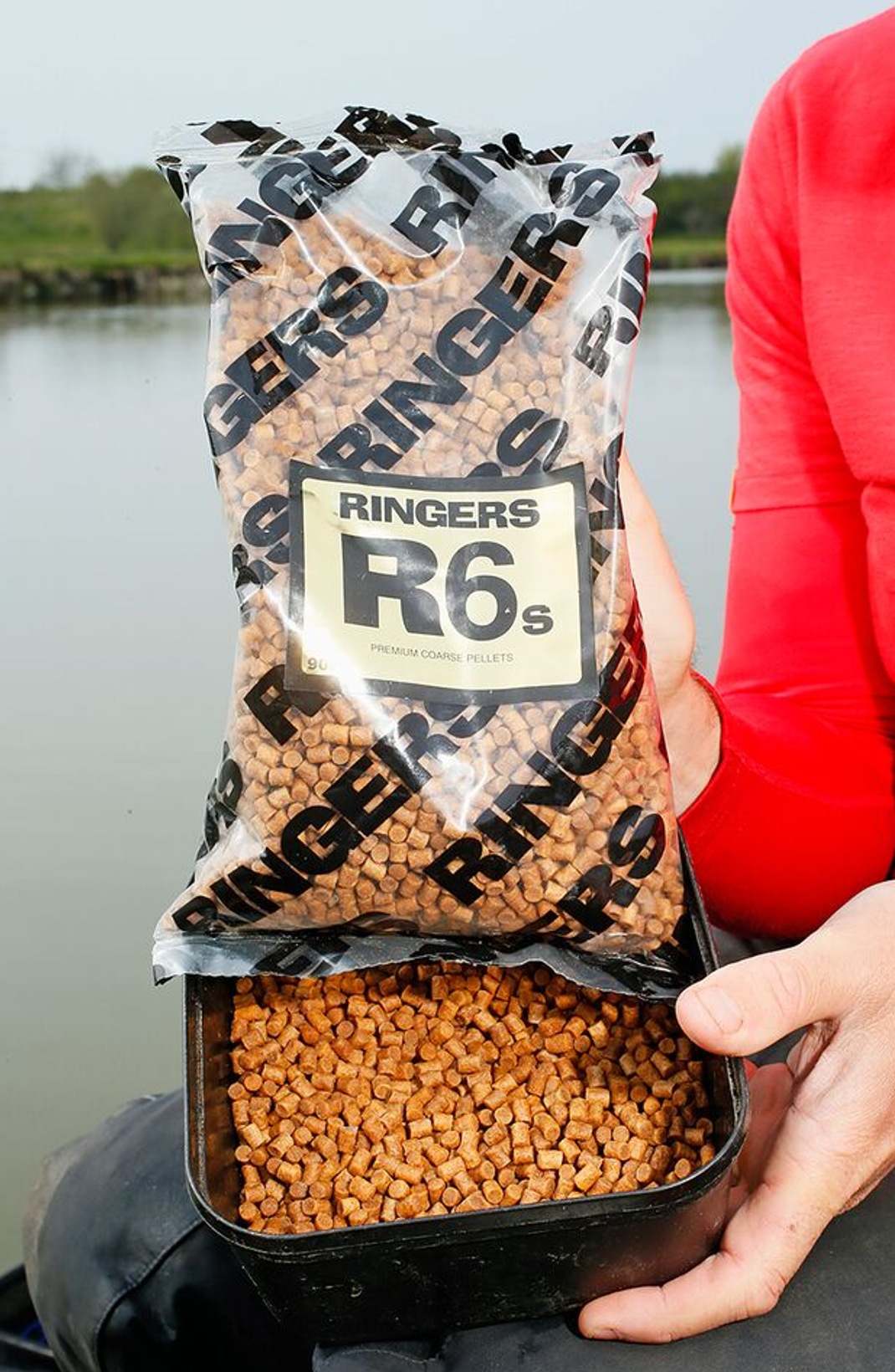Commercial Fishing Tips | Time to catch them 'deep shallow' - Steve Ringer
October may be just around the corner, but you can still catch carp shallow – albeit with a slightly different twist.
The days of setting the rig a foot deep and blasting bait around the float are over for another year, although fish will still be feeding well off the bottom.
So how do you catch them then? By adopting a ‘deep shallow’ approach, you’ll still pick them off. This involves fishing at half depth so, in 8ft of water, you’ll set the rig 4ft deep. Finding the fish is key and involves a lot of adjustments to your depth until you locate the carp.
That’s not to say you won’t still catch fish a foot deep and, on very warm days, carp will quickly come up in the water. That’s something that I always bear in mind at this time of year. I’ll always have a very shallow rig set up and ready to go.
Normally, though, I’ll begin fishing deep shallow and work my way in from there.
If I catch, great, if I am getting line bites, this tells me the fish are shallower and I need to make a change.
Shallow fishing with a twist!
How deep to fish?
Unless it is a hot day, the fish will be anywhere from 2ft to 4ft deep in a swim with 8ft of water. Begin at half depth using a loosely strung bulk with shot 3ins apart in the bottom half of the rig. This creates a slow fall of the hookbait but gets it down to the fish relatively quickly.
Begin at half depth
Create some noise
If I see fish moving close to the surface, I reach for a 1ft deep rig. In this situation, it can pay to stop feeding totally and either slap the float and hookbait on the water a few times, or tap the pole-tip in the water to create a noise that fish will come to investigate.
Create some noise to draw in the fish without feed
Constant feeding
Feeding should be regular, even if you aren’t catching. You need a stream of bait falling through the swim to pull fish into the peg. Six to eight 6mm pellets is enough, but if bites slacken off, I may reduce the number of pellets. If there are lots of fish about I’ll feed more.
Feed little and often
Which float to use
A classic bristle-stopped pattern such as the Guru AR or Pinger is better than a dibber, but used in a small size, around 4x10 or 4x12. Depth adjustments happen if I’m getting bites but not hooking fish. Shallow up a few inches and eventually you’ll find the fish!
Use a small sized classic float like the Guru AR





